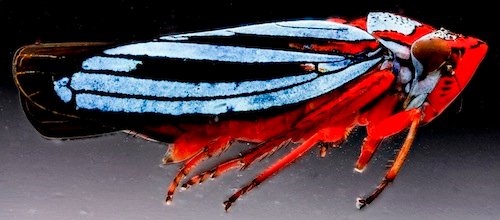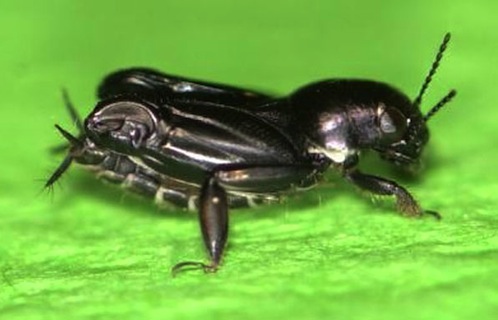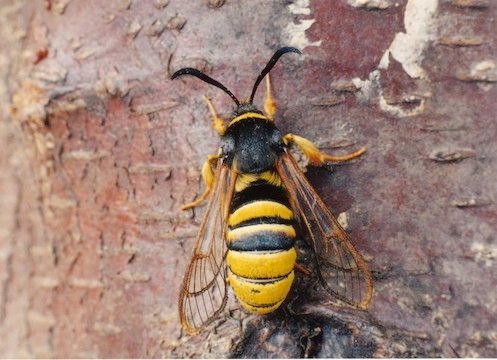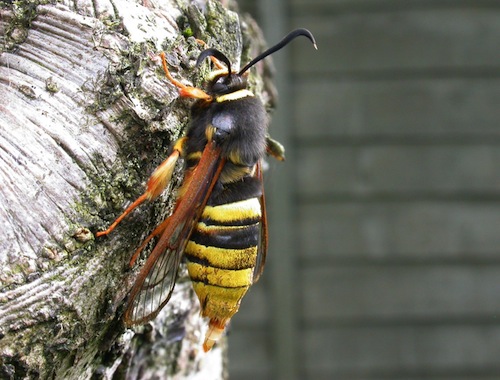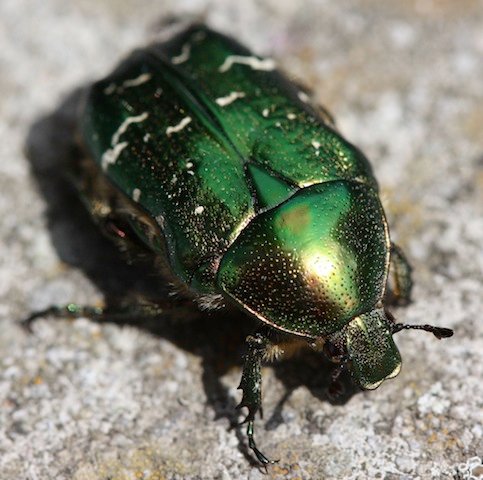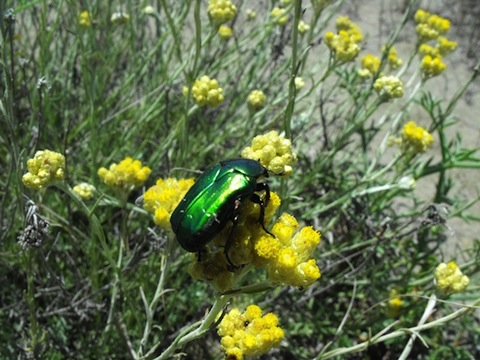The last couple of insects have been interesting rather than beautiful, so here’s a real stunner. I don’t actually have a species name for this one — I just found it on Flickr by searching for bugs — but it was photographed by the USGS Native Bee Inventory and Monitoring Laboratory, and their description of the photo reads:
‘Leafhopper, Sharpshooter Collected in November 2012 Dominican Republic at high elevations in central highlands, photgraphed in hand sanitizer in a quartz cuvette. Yes, those are the real colors.’
Here’s another shot of the same beastie (you can click through for larger versions of either photo):
Wow.
» Leafhopper cuvette, U, side, Dominican Republic_2012-11-28-15, and Leafhopper cuvette, U, back are © the USGS Native Bee Inventory and Monitoring Laboratory and used under a CC attribution licence.
